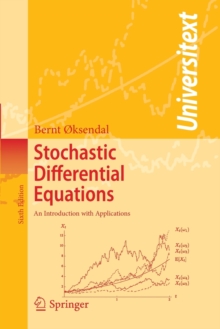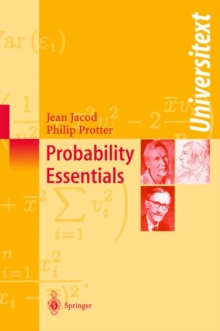
Description
The ?rst six chapters of this book are revised versions of the same chapters in the author's 1969 book, Introduction to Potential Theory.
Atthetimeof the writing of that book, I had access to excellent articles,books, and lecture notes by M.
Brelot. The clarity of these works made the task of collating them into a single body much easier.
Unfortunately, there is not a similar collection relevant to more recent developments in potential theory.
A n- comer to the subject will ?nd the journal literature to be a maze of excellent papers and papers that never should have been published as presented.
In the Opinion Column of the August, 2008, issue of the Notices of the Am- ican Mathematical Society, M.
Nathanson of Lehman College (CUNY) and (CUNY) Graduate Center said it best ". . . When I read a journal article, I often ?nd mistakes.
Whether I can ?x them is irrelevant. The literature is unreliable. " From time to time, someone must try to ?nd a path through the maze.
In planning this book, it became apparent that a de?ciency in the 1969 book would have to be corrected to include a discussion of the Neumann problem, not only in preparation for a discussion of the oblique derivative boundary value problem but also to improve the basic part of the subject matter for the end users, engineers, physicists, etc.
Information
-
Download - Immediately Available
- Format:PDF
- Publisher:Springer London
- Publication Date:27/05/2009
- Category:
- ISBN:9781848823198
Information
-
Download - Immediately Available
- Format:PDF
- Publisher:Springer London
- Publication Date:27/05/2009
- Category:
- ISBN:9781848823198










